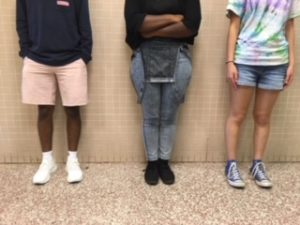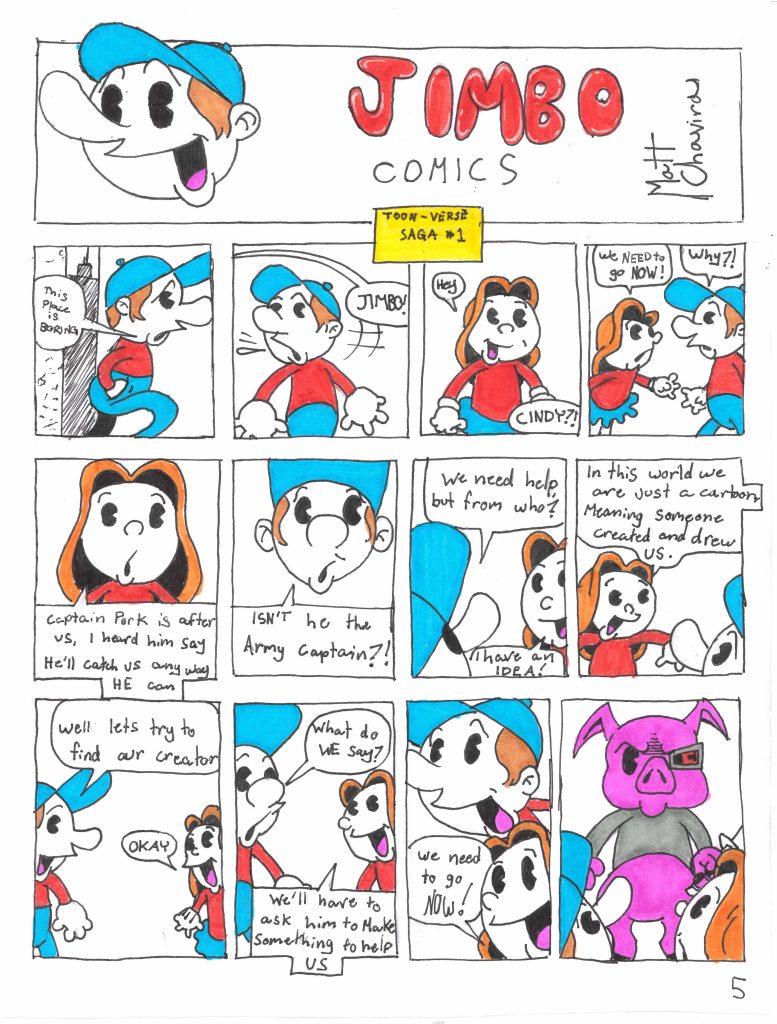School dress code: faux pas, or necessity?
School Dress Code:
Faux pas, or necessity?
The ferocity with which the dress code is being enforced has shocked many this year. At the moment, the school seems to be divided on if a dress code is necessary: supporters arguing it is necessary for the learning environment and critics arguing it is a biased system.
Alyssa Pavlakis, english teacher, believes the current dress code implies that there is something wrong with women’s bodies and that people are unable to control themselves. She explains, “If we’re saying you can’t have short sleeve shirts, or crop tops, then we’re insinuating we can’t have women’s bodies in the classroom.”
A gender biased dress code may not be the biggest problem though, according to Pavlakis. Data from a previous research study she conducted on dress codes shows that the “bigger problem was African American students, male and female, are disproportionately coded for the same dress code infractions [as white students].”
Even still, there are many who do support the dress code. Eric Morrow, a Student Interventionist (SI), believes that dress code leads to a more successful learning environment. “Dress code should be what’s appropriate in a school environment and certain rules should be in place,” Morrow claims.
The administration has recently changed the policy on hats and hoodies, yet in other areas of dress code, the school has decided to mostly “hold on to what’s in the handbook,” according to Morrow.
But what actually happens when a student is dress coded? Morrow explains that he “gives friendly reminders and if it’s been addressed more than once I’ll call home.” In practice, this seems like a reasonable end result to being dress coded, yet some students feel differently on this matter.
Yab Demisie, junior, feels as if the dress code is unnecessary. He has never been coded and does not believe the dress code creates a more successful learning environment. “Dress code seems to impact people of different races unequally,” Demisie notes. He also adds that “The things people wear don’t impact the learning environment and they don’t really seem like a big deal.”
Tillie Pines, junior, is also opposed to the current dress code. On the first day of school, Pines was reprimanded for her outfit. Pines has since said she felt “emotionally humiliated, vulnerable, and like my body is more important than my education.” She also adds that she “understands the importance of dress code and how it prepares students for their futures, but the policing of young girls’ thighs should not be an issue Urbana High School students should have to face.”
Jorge Elvir, associate principal, confirms that the school is looking at the current status and where they want to go as a school with the dress code. “The administration is looking into the culture and climate we want at the school,” Elvir says. “During that process we want to bring students into a committee because they are a part of this school too.”
Elvir would prefer to make the new dress code “more equitable, because there is a lopsided trend on how it impacts the female students versus the male students.”
With the new changes administration plans to make, students and staff hope that previous grievances will be addressed. If all goes well, the new dress code will be more equitable and agreed upon throughout the school.









